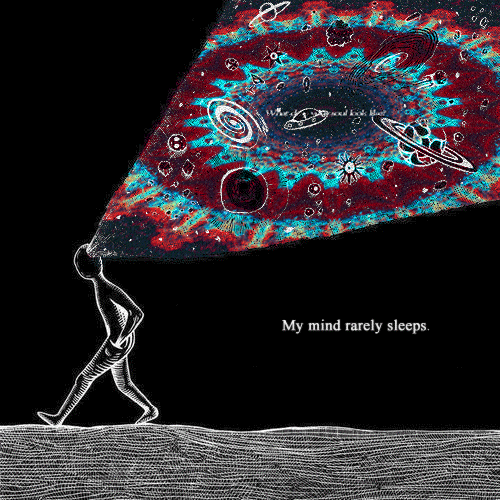
Day by day the practitioner wanders further into the darkness until every last tiny light is extinguished through Right Exertion. Then… WHAMO!!! The darkness comes alive, one melts and merges with it; there’s a moment of wonder and speechlessness before getting up and carrying on with the day.
By John Author
I recently read an article detailing a blogger’s experience with mindfulness.
She learned about it from a friend, and it was fed to her as a “Feel Good” tool (Sheesh, that train was destined to derail right from the get-go).
After practicing it for awhile, she remarked on how feeling good is easier without mindfulness. Sometimes the present moment just sucks ass, and it feels good to let the mind wander.
I thought about posting a link to the article, but you can just Google “Mindfulness sucks” and get pages full of similar complaints. I agree, mindfulness does suck, but not because of the reasons they’re postulating.
Mindfulness isn’t about feeling good.
It’s about learning to observe from a still point and applying Right View, getting confused, feeling increasingly terrible, having an existential crisis or mental breakdown, and then being content whether you feel good or not. That said, it’s easy to see why it’s marketed as a “Feel Good” technique to Westerners instead.
I’m talking about old-fashioned mindfulness here, a.k.a. Sati. It’s less of a technique and more of a mental faculty that’s cultivated over time. It’s like a beam of light that pierces anything that moves, oblivious of whether it’s pleasant or not.
At first, a lot of it is pretty fucking unpleasant. Attention, coupled with Right View, points out how much of a mess we are. It shows us how little control we have over our minds. That realization coughs up a lot of hidden insecurity, fear, frustration, boredom and an all-pervasive dissatisfaction with life.
The tension builds and builds until we collapse into a blubbering mess called Vipassana or kensho and the First Noble Truth is realized. Then we can move on to deeper aspects of the mind, like peeling an onion until there’s only stinky space left over (Try selling that explanation to the mass market!).
Day by day the practitioner wanders further into the darkness until every last tiny light is extinguished through Right Exertion. Then… WHAMO!!! The darkness comes alive, one melts and merges with it; there’s a moment of wonder and speechlessness before getting up and carrying on with the day.
That’s when actual practice begins.
The host of dissatisfied bloggers may not be privy to this. They may not even be aware that mindfulness has its roots in Buddhism and that, without Right View and Right Exertion, it’s practically useless. Coming to now is only part of the struggle. We can learn to occupy the present moment and still not experience one lick of insight.
Arriving in the here is the other part—experiencing what Japanese philosophers from Kyoto University call Basho or, “Place.” There’s a huge theoretical background behind it, but I’ll just touch on its active results.
It’s seeing how each disparate sensation is intertwined with the others; witnessing how thinking, feeling, seeing, hearing, smelling, tasting, touching and attention interact with each other.
The raw experience of here-ness is usually expressed best through poetry or vague lines:
The wind chirps
as the itching words
breathe across the screen
Separating that into conceptual bits and pieces looks like:
The wind’s blowing,
I hear a bird chirping,
My face itches while
I’m typing and breathing
The first verse describes a direct perception of here and now, the second one is indirect—it’s now, but not here.
Basho is totally awesome, but also totally awful. No longer is a feeling kept in its own little box. If I’m sad, then that sadness is part of everything. The wind blows sadly; the sun shines sadly.
Yet it’s wonderful because if I turn by back to the window and look at the wall, the wall is shining. I can’t see the sun, so according to direct perception, it’s the wall that’s emitting light, not the sun. Because for me, here and now, there is no sun.
So, unlike the mass market would have us believe, mindfulness isn’t something to enter into lightly.
Just because I’m doing it right doesn’t mean it’s going to feel good.
Photo: (source)
Editor: Dana Gornall
Comments
- Bending Minds and Dogmatic Slumbers: Psychedelic Buddhism - April 1, 2024
- Political Animals: Should Buddhists Be Openly Political? - March 7, 2024
- Why Is Buddhism So Messy? - January 17, 2024




